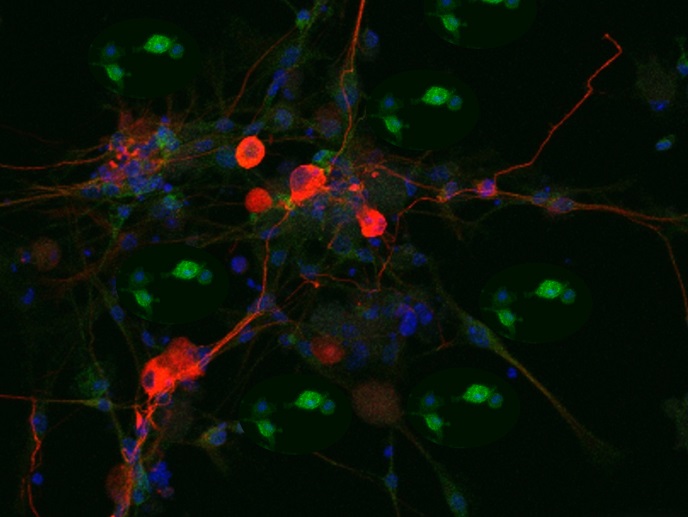Non-neuronal cells like (micro)glia and macrophages regulate pain
Chronic pain affects more than 30 % of the global population, according to some studies. It has tremendous personal and economic impact, affecting quality of life and ability to work while imposing a significant burden on families and healthcare systems. Neurological disorders and musculoskeletal conditions are frequently accompanied by chronic pain, which is also a common co-morbidity in age-related neurodegenerative diseases, and many patients do not receive adequate treatment. The pain that many patients experience, including both that with a peripheral nervous system (PNS) or central nervous system (CNS) origin, is often associated with inflammation resulting from interactions between neurons and other cells. With the support of the Marie Skłodowska-Curie Actions programme(opens in new window), the TOBeATPAIN(opens in new window) project supported 11 early-stage researchers (ESRs) investigating the hypothesis that neuron communication with immune cells underlies persistent pain. The focus was on neurodegenerative conditions such as Alzheimer’s disease (AD) and Parkinson’s disease, rheumatic conditions such as fibromyalgia and rheumatoid arthritis, and peripheral neuropathies such as Fabry disease.
Peripheral immune cell targets for chronic pain in Alzheimer’s disease and peripheral neuropathy
Previous research has shown that people with AD report pain less than healthy individuals, and the reason is uncertain. TOBeATPAIN showed(opens in new window) that mice models of AD develop less neuropathic pain. Further, scientists showed that the peripheral immune system is altered by AD brain pathology, and macrophages (peripheral immune cells) exert analgesic effects, releasing opioids in the vicinity of pain neurons. “Thus, we suggest the need for a tailored therapeutic approach to regulate pain perception and reporting in people with AD,” states project coordinator Marzia Malcangio of King’s College London(opens in new window). Peripheral neuropathy refers to the many conditions that involve damage to the peripheral nervous system. The team showed that, in patients suffering from painful peripheral neuropathy, immune cells release pro-inflammatory factors in the vicinity of nerves. These factors increase neural activation (firing) and contribute to neuropathic pain development.
(Micro)glial cells in fibromyalgia and pain
Fibromyalgia is a chronic illness causing widespread muscle and joint pain. TOBeATPAIN focused on the ubiquitous translocator protein (TSPO), a mitochondrial protein and biomarker of glial activation, where glia are non-neuronal cells in the CNS and PNS with important roles in nervous system functioning. TOBeATPAIN showed(opens in new window) increased expression of TSPO in the brain of patients with fibromyalgia and pain more generally. Malcangio explains: “TOBeATPAIN beneficiaries at the Karolinska institute provided evidence for a role of TSPO in pain regulation and brain metabolism, and support ongoing drug development for pain relief targeting TSPO associated mechanisms.”
Novel non-neuronal treatment targets on the horizon for chronic pain
The training network’s ESRs were extremely productive, exceeding expectations with many publications and planned publications in highly respected journals. Malcangio summarises: “We have provided evidence for a novel and significant role of immune cell interactions with neurons in pathological pain mechanisms. Further, we found an important peripheral component in conditions considered to be primarily CNS pathologies such as AD and fibromyalgia. We are confident that further work will lead to the development of novel strategies for the clinical management of diseases characterised by chronic pain.” Improved chronic pain management will bring relief to a substantial portion of the EU population and its healthcare systems while bolstering the economy with a stronger workforce – ‘no pain, no gain’ has no place here.







